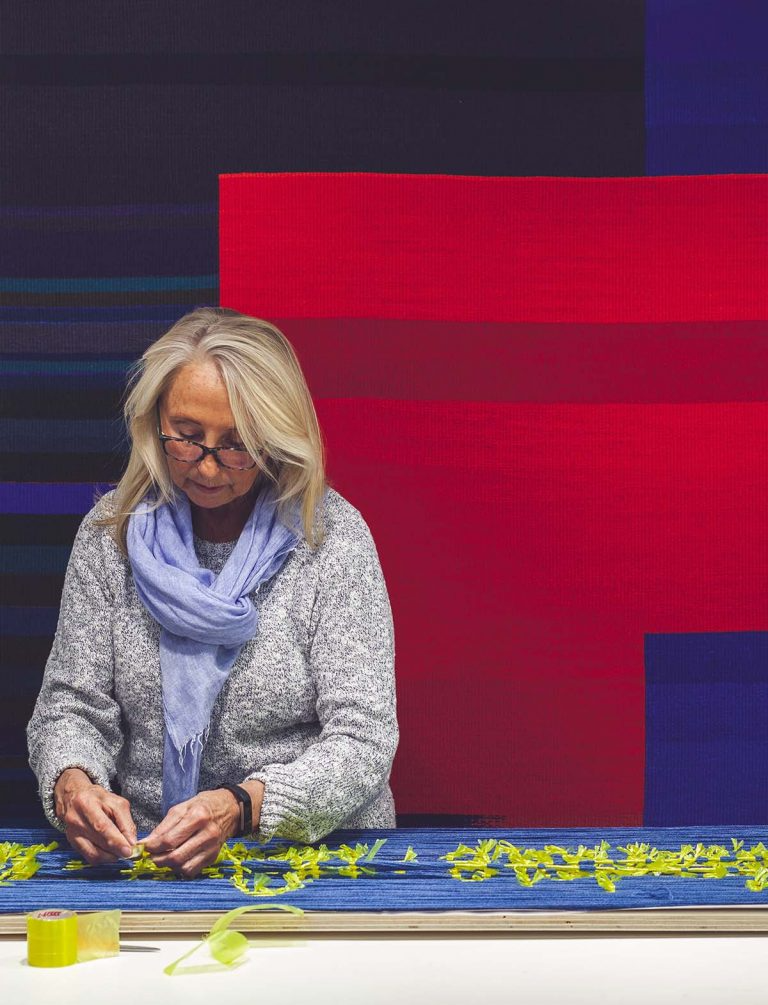Two New Books for 2021
Two books by friends and colleagues, and that feature Threads of Life’s work, were published late last year. Both are about the techniques of making and dyeing cloth, but each approaches these subjects differently. While Mary Zicafoose’s book is written primarily for experienced weavers wanting to explore ikat, Kristine Vejar and Adrienne Rodriguez’s book on natural dyeing around the world seeks a more general audience.
One of my great interests in traditional textiles from around the world is working out how they were made. I’m not a weaver, but I am particularly fascinated by the techniques and technology of ikat, the tie-and-dye processes that can be used to colour warp and weft yarns prior to weaving a cloth. Mary Zicafoose is one of America’s best known ikat artists, and her new book takes us deep into the technicalities of her art through nine practical ikat projects. Written for experienced weavers wanting to explore ikat, Mary’s book nevertheless offers eye opening insights for those of us who spend hours in villages around the world, sitting next to weavers as they work, and chatting with them as we try to understand what they are doing.
The book is interspersed with four articles about ikat from around the world, one of these being by William on Threads of Life’s experiences with Indonesia’s weavers. William writes, “When we engage with these traditions, we are being invited to explore a direct and holistic way of participating in the world that is not easily, or perhaps not even possibly, expressed in language. Indeed, the inadequacy of any form of direct representation to intimate the animist experience leads to a form of communication dependent on knowledge embodied in the practices of everyday life and manifested through material culture, where deeper meanings are more potent than explicit significance. Of the surviving expressions of material culture to carry this wisdom, the most resilient and most ubiquitous in Indonesia are within the warp ikat traditions of the textile arts.”

Journeys in Natural Dyeing: Techniques for Creating Color at Home
by Kristine Vejar and Adrienne Rodriguez
Journeys in Natural Dyeing combines a travelogue of Iceland, Mexico, Japan, and Indonesia, with profiles of natural dye artisans from each of these countries, and projects inspired by these artisans’ work. The Indonesia chapter visits batik makers and indigo growers in Java, before coming to Bali to visit Threads of Life and double-ikat weavers in Tenganan. Kristine and Adrienne’s time with us was focussed on the Symplocos plant mordant we source from communities in central Flores through our Plant Mordant Project, and how Symplocos is used with Morinda rook bark to produce the red dye favoured by Indonesia’s traditional dyers. As with every other producer visited, the chapter ends with detailed contact information. In 240 pages, the book covers an enormous range illustrated with rich imagery. The breadth of subject matter necessarily means depth is sometimes compromised, but as a primer to inspire a new practice and further research it is a lovely book.


